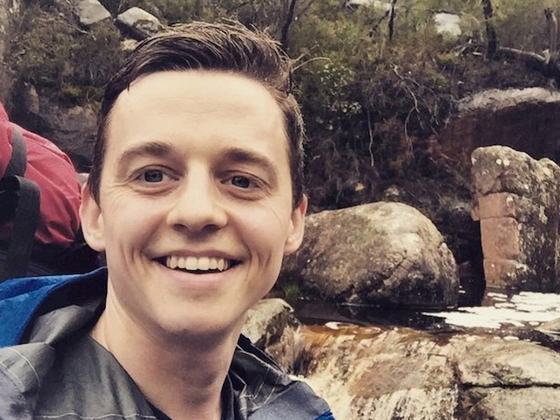A new way to regulate blood and liver fats
Associate Professor Anna Calkin, Baker Heart and Diabetes Institute
2021 Vanguard Grant
Years funded: 2022-2022
Cardiovascular disease (CVD) presents a significant burden to Australians, second only to cancer. In addition to cholesterol and triglycerides, there are hundreds of other fats that are measured in blood and organs. It is now understood that many of these fats such as ceramides, can contribute to the development of CVD.
Associate Professor Anna Calkin's team have previously generated and published a discovery framework that can be used to identify genes that regulate different types of fats. Using this platform, the team have identified a gene that is linked to cholesterol levels in the liver. Preliminary studies suggest that it may also regulate levels of other pathological fats such as ceramides.
In this project, Associate Professor Calkin's team propose proof-of-concept studies that will define the role of this gene in the regulation of cholesterol levels as well other fats including ceramides, and determine whether lowering levels of this gene could have therapeutic benefit.
The proposed outcome is the identification of a potential new regulator of numerous blood fats which would have implications for the development of CVD.
You might also be interested in...

Understanding our DNA to identify new drug targets to prevent heart disease and fatty liver disease
Understanding our DNA to identify new drug targets to prevent heart disease and fatty liver disease

First Nations heart health
More First Nations people are impacted by cardiovascular (CVD) than other Australians.

Cardiac arrest at 26: adjusting to a new ‘normal’
At 26, Tom was the fittest he'd ever been, but a near-fatal cardiac arrest turned his life upside down.
Last updated12 March 2024